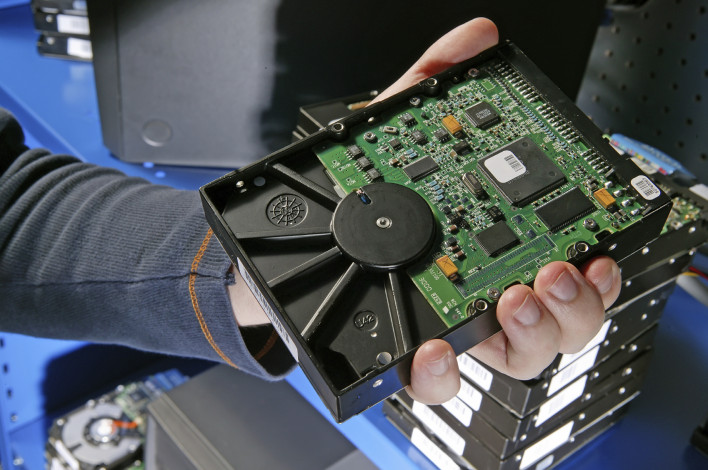Anti Virus, Protect Yourself
There are so many great things about the internet you know that there is going to be problems. And there are! Identity theft, fraud, and maybe the largest most problematic is the epidemic of computer viruses that are wreaking havoc. These viruses are different scripts (if you can call them that) written for purposes of destruction. It is the classic "minority of trouble makers ruining it for the vast majority of the rest of us." So what sorts of viruses do we worry about and get anti virus programs for.
Well, there are all sorts of different kinds of virus-type things traveling around in cyber space and require the protection of an anti virus tool. Examples include worms, spiders, spyware, and adware. They have a variety of effects ranging from pure destruction to actually taking sensitive information off of a computer's hard drive.
Spyware is an example of the latter effect. It is designed to come in via the internet (usually involves a download of some sort) and to search through the hard drive looking for sensitive and profitable information such as credit card numbers, social security numbers, and online preferences, and search or surf histories. The potential for badness with these is very real and very worth getting protection in the form of anti virus software tool for.
Anyway, as you may or may not know, there has been a new revolution of security (anti virus) software in response to this new demand for online security. This software ranges widely in both price and effectiveness. The software also generally offers both "treatment" and prevention of computer viral infections. That is to say that there is usually a scanning feature offered that is able to detect old infestations and to either quarantine them or sometimes it can actually repair the damage. The other feature then is to disallow new infestations. This prevention is accomplished with daily scanning of anything new, for example downloads or email, and warning user of anything suspicious and recommending action.
My recommendation is to get a more well known software package and be willing to spend a bit, because after all "you pay for what you get." Good bets are the anti virus software tools that are sold in computer, office supply, or electronic stores. You want to look and make sure that it has an automatic on line updates that allow your protection to stay as up-to-date as possible.
التسميات:
How To



